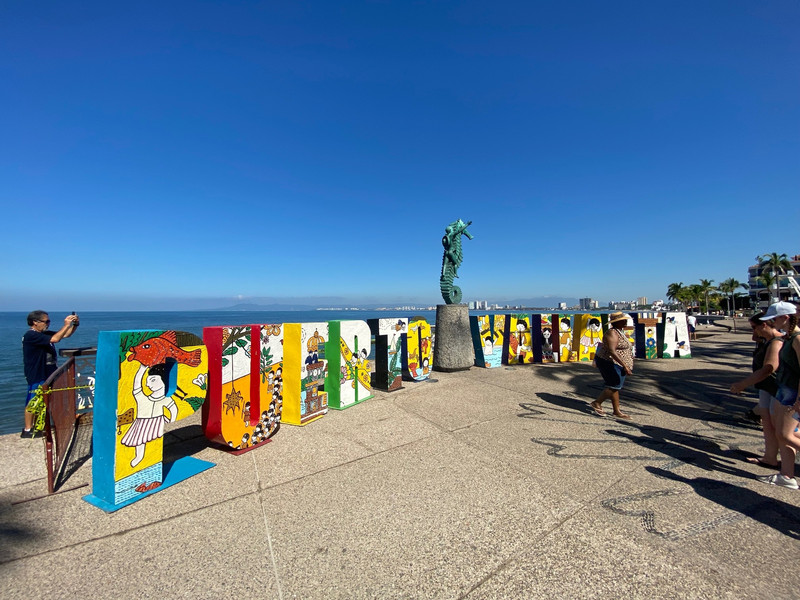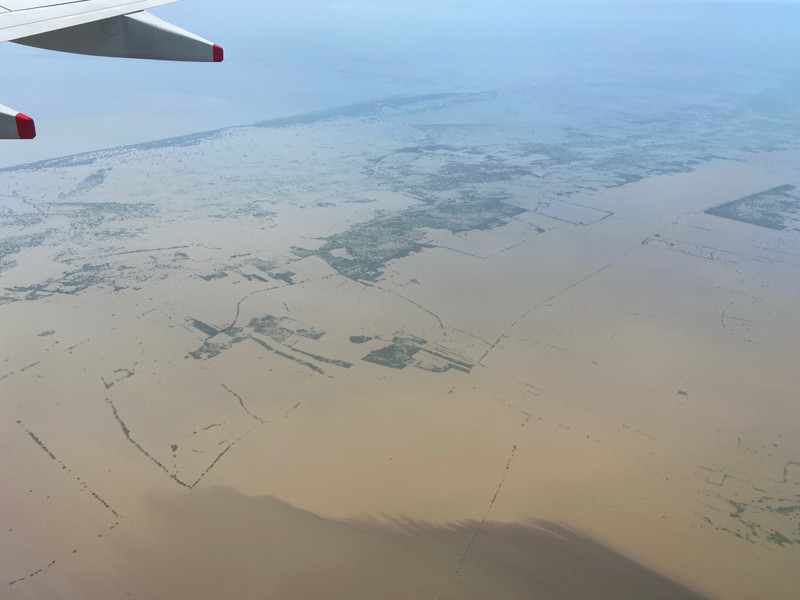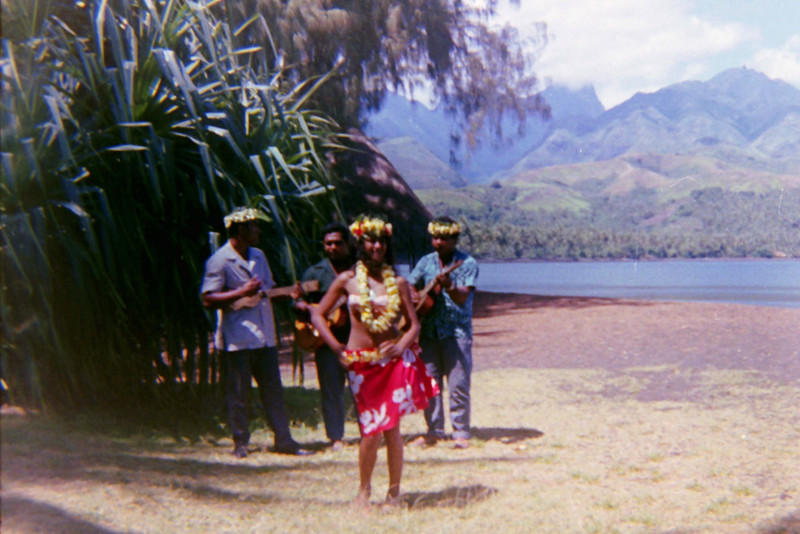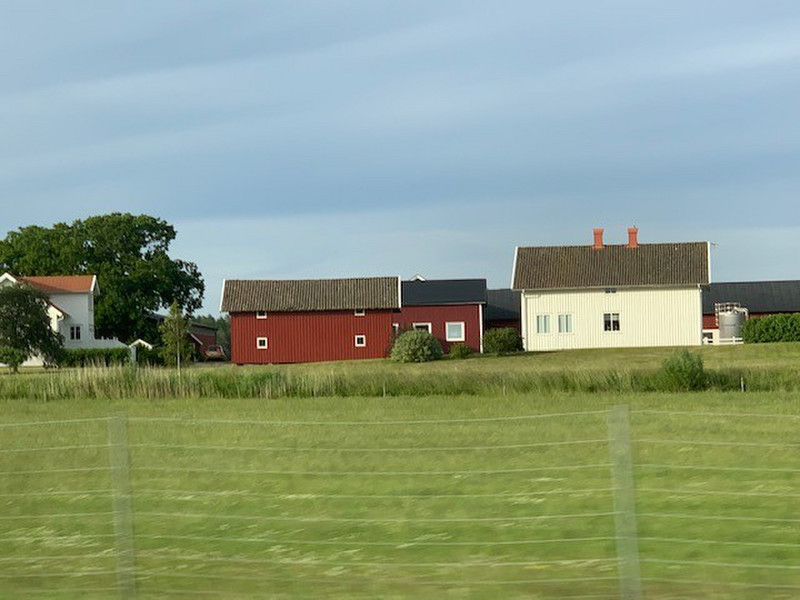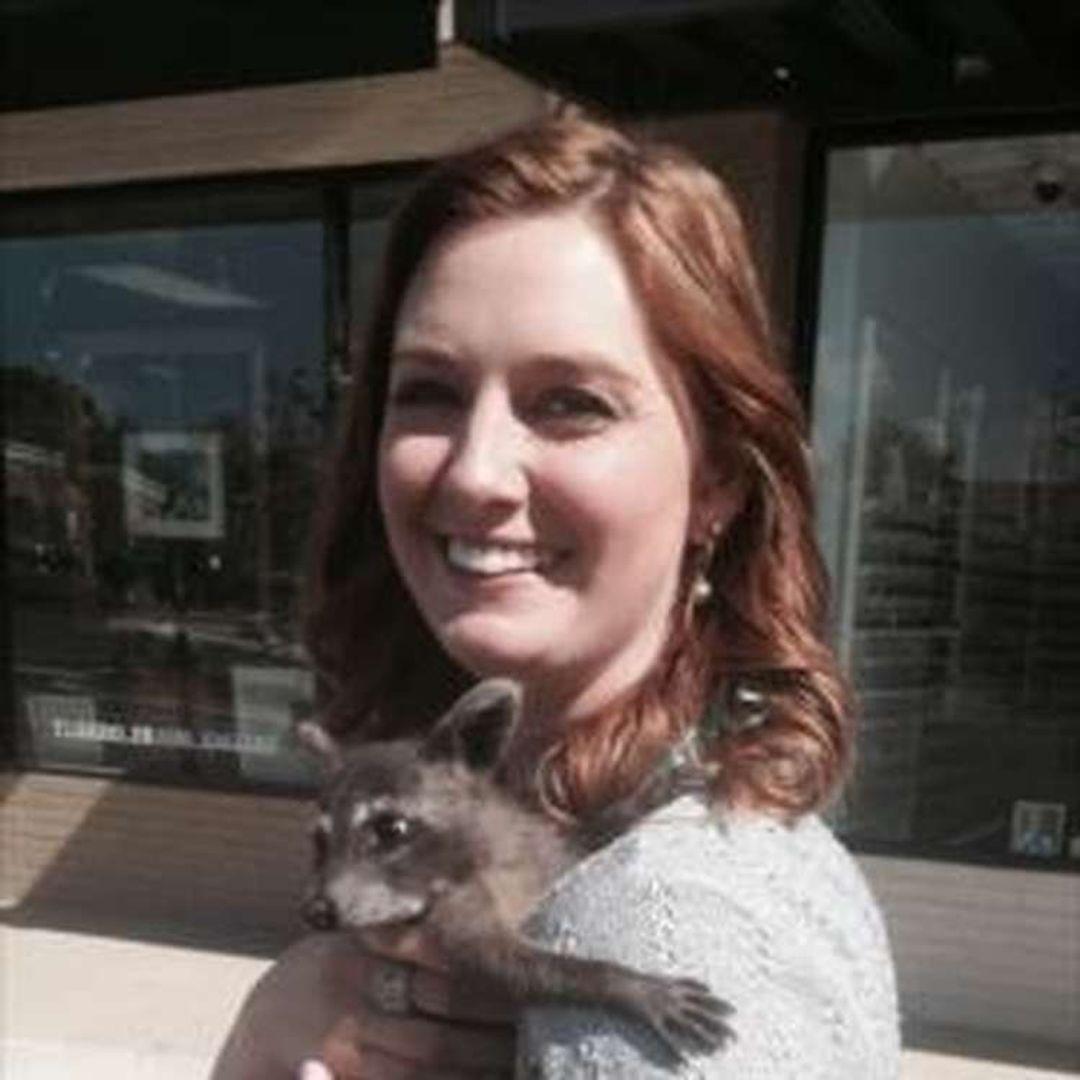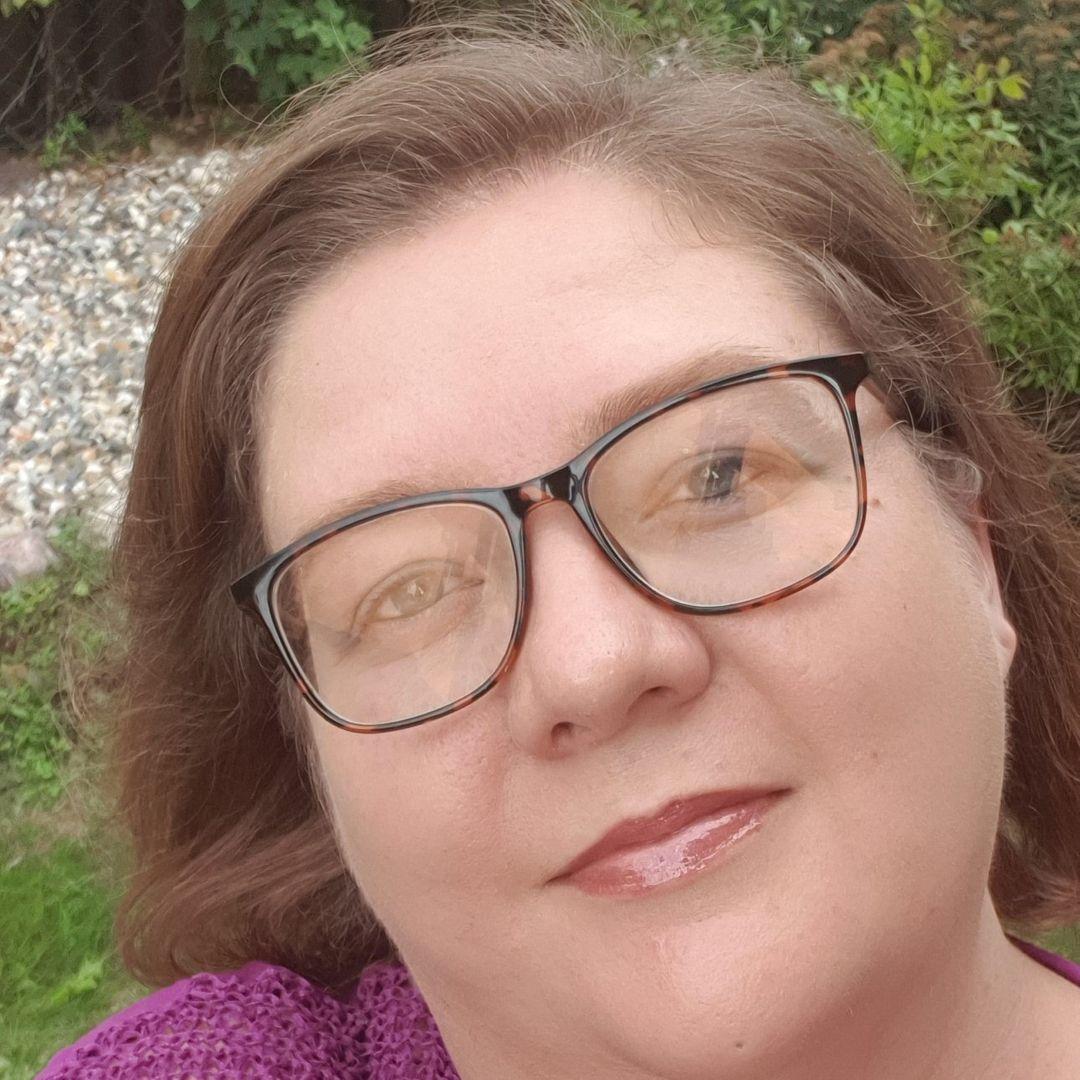Ill admit that Cyprus had never been that high on my list of places to visit. I associated the island with package holidays and imagined lots of pink Brits wandering around tavernas looking for a full English at 8am with a pint of Carling. Turns out, parts of the island are like that, but a lot of it isnt.
I didnt go for long, under a week, mostly the nitrox diving course somewhere that would still have good weather in late October, not too far from home (currently the Netherlands), easy to visit and would be somewhere new after so long of very restricted travelling. Cyprus ticked all the boxes. It had also recently more appealing after I read Victoria Hislops novel, The Sunrise, set in Famagusta during the Cypriot coup and subsequent Turkish invasion in 1974. The book inspired me to read more about the island and I liked the sound of it. There seemed to be more interesting things to see and do there than I had previously thought.
I got a cheap flight to Larnaca and strolled around the fairly run down town amongst mostly Russian tourists; Cyprus
being one of the few European countries that recognised the Sputnik vaccine. There isnt a huge amount to see, a nice church, mosque and fort, but there is plentiful great food; though portions often tended to be enough for a whole family and I generally took part of it home for breakfast.
Early next morning I was at the dive shop. I had done the theory parts of the nitrox course online before arrival so now it was some practical instruction and two dives. Nitrox is an air mixture with a higher percentage of oxygen, usually 32 or 36% oxygen rather than the usual 21% in normal air. Therefore, you breathe less nitrogen when you dive, absorbing less dissolved nitrogen into your blood. This enables dives to be longer and the interval between dives to be shorter. However, it is misconception that nitrox enables you to dive deeper – this isnt true because oxygen toxic the deeper you go so you can actually dive deeper on regular air.
The practical aspects of the course involved correctly assessing oxygen content of the cylinders, calculating maximum safe dive depths, and properly setting the Other than
The reason for choosing Larnaca for the nitrox course was The Zenobia. This ship was built in Sweden but didnt survive its maiden voyage to Syria in 1980. It was a ferry loaded with 104 articulated lorries. The Zenobia began listing while passing Greece; it turned out that error was pumping water into ballast tanks on one side increasing the list. The Zenobia capsized and sank just outside Larnaca harbour and now lies on its side in about 40 m of water. At 170 m long and fully penetrable through its multiple car decks, it is one of the best wreck dives in the world.
The dive shop were impressive in their safety procedures. The first dive they take you around the outside of the wreck and you only get to penetrate and explore when they know you know what you are doing. I did four dives on the Zenobia over two days, each time getting further within the passages and car decks. Because it didnt sink that long ago, the inside is still in decent condition with carpets on the floor,
paintings on the wall, and a lot of trucks now stacked up on their sides. Visibility was great – about 20 m – and the ship appears huge when you first glimpse it as you descend. But squeezing through the passages and imagining how it once was, particularly as it went down, is always my highlight of wreck dives.
From Larnaca I headed to Nicosia. The worlds last divided capital is how the tourist literature likes to describe it. I got off the bus and headed straight through the shopping streets of the walled city to the Turkish side. Passing the checkpoint was quick, I just had to show my passport. The other side was quite different to the Greek side. You immediately enter a bustling market that is more Eastern than European.


